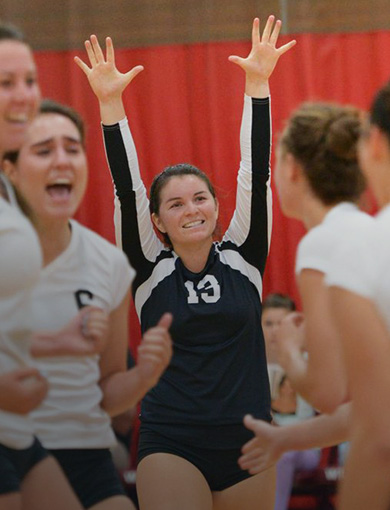Achilles Tendon Repair
The Achilles tendon is the most commonly ruptured tendon in the body, and Achilles tendon ruptures are on the rise among middle-aged and older adults who play recreations sports. There are two treatment options: surgery and nonsurgical management with immobilization. The goal of treatment is to restore structural integrity to the tendon to permit the patient to return to the active life they enjoy.
The choice of treatment will depend on your age, health, and activity level, as well as the severity of the tear, and other factors. Your OANC surgeon will discuss with you the options available, the risks and benefits of each option, and help you make the best choice for you.
However, surgical intervention may not be recommended for patients whose wound healing capabilities are of concern, including diabetics, smokers, and obese men older than 65, who are sedentary.
The benefits and risks of surgical repair vs. nonsurgical treatment
Achilles tendon tears have the ability to heal on their own, but there is a risk that the tendon may be stretched and heal in the stretched position which would make certain functions like running and jumping challenging. For this reason, young and active patients often choose surgery; and older adults may choose surgery to accelerate their return to sports they enjoy, and work.
According to recent research1, people who choose surgery are less likely to suffer a subsequent tendon rupture than those who choose nonsurgical management. Additionally, Achilles tendon ruptures can lead to significant loss of strength and endurance, and the injury can produce ongoing problems if not surgically repaired.
However, surgery has its own risks involved with all surgeries including infection, complications and anesthesia. Nonsurgical treatment may be preferred by patients who are less active, but they will need close monitoring to ensure the healing proceeds without stretching the tendon.
Nonsurgical treatment
Nonsurgical treatment can be as effective as surgery for partial tears. This may involve a cast immobilization or functional bracing and early functional rehabilitation worn for 6 weeks while your tendon grows back.
Surgical repair
A complete tear, the tendon is torn in two pieces, usually requires surgery to repair the tendon. Before surgery you will need to wear a boot to prevent movement of the lower leg and foot
Surgical management can be accomplished with an open, mini or a minimally invasive surgical procedure. Studies report that the minimally invasive approach may be superior to other surgical approaches. However, the choice of surgical procedure will be determined by discussion with our OANC orthopedic surgeon.
Functional deficits including decreased strength and other impairments are common in people with ATR who are treated surgically and nonsurgical. Therefore, you OANC surgeon will order accelerated postoperative functional mobilization because it results in better general health and vitality at 6 months.





